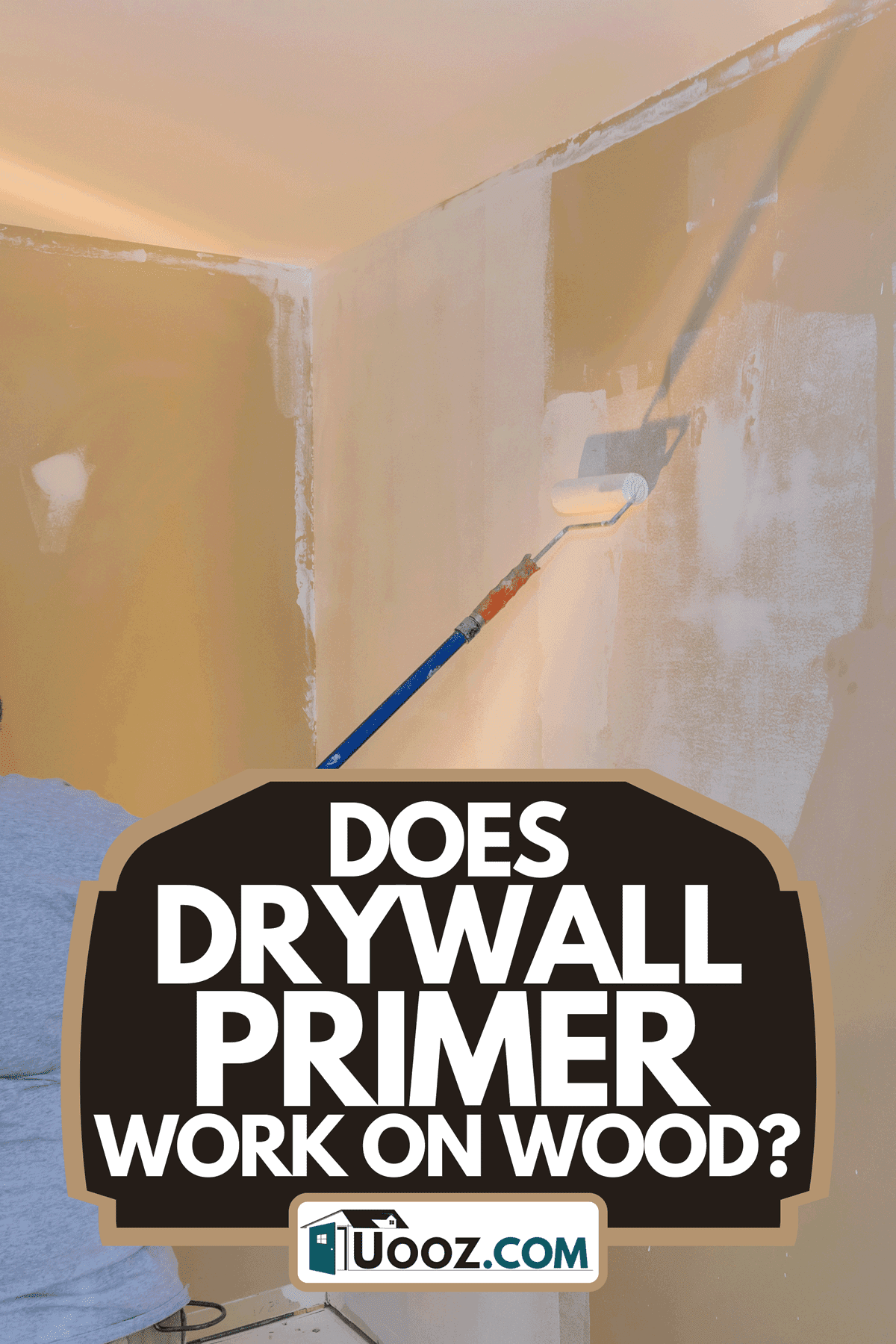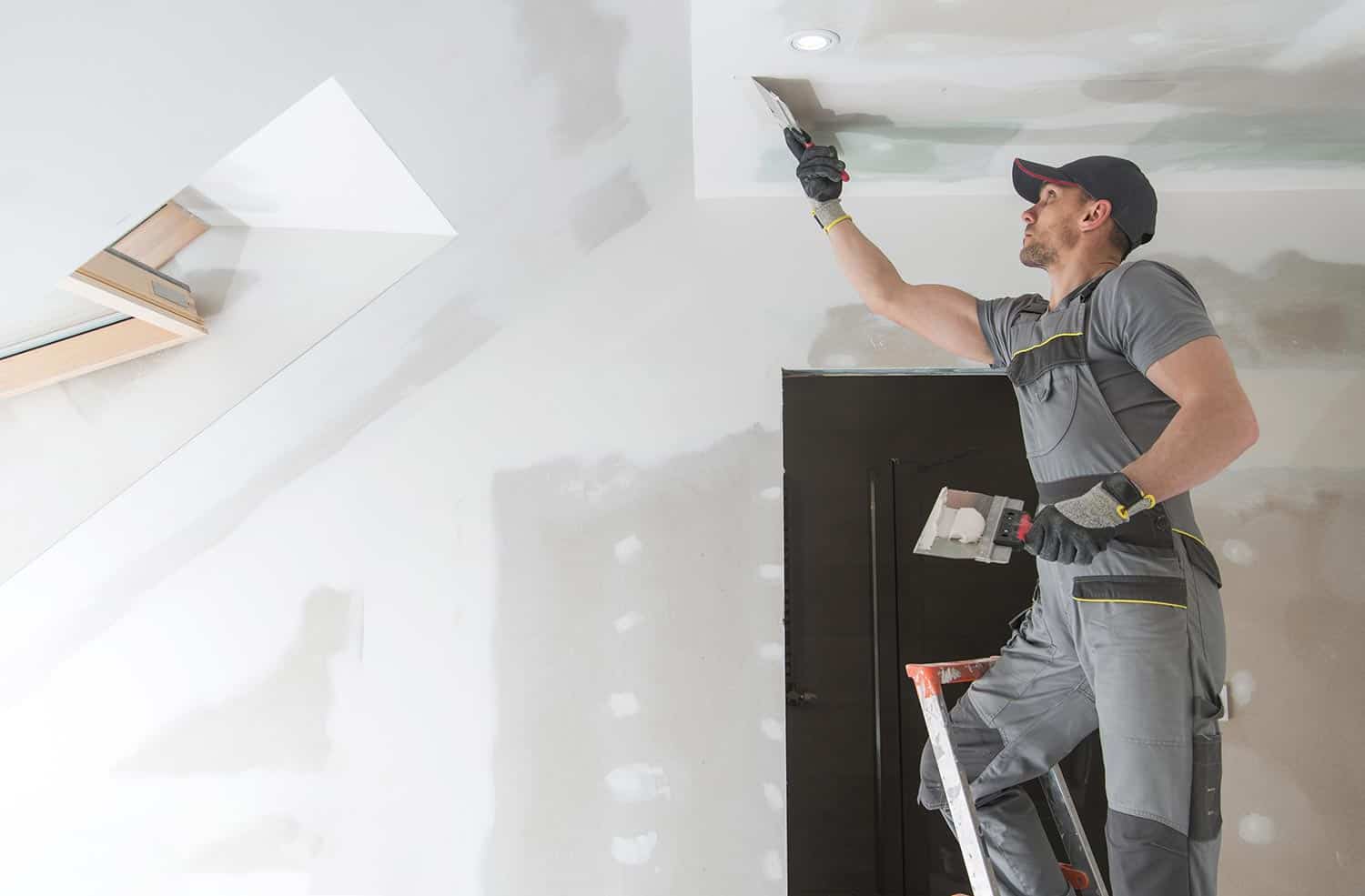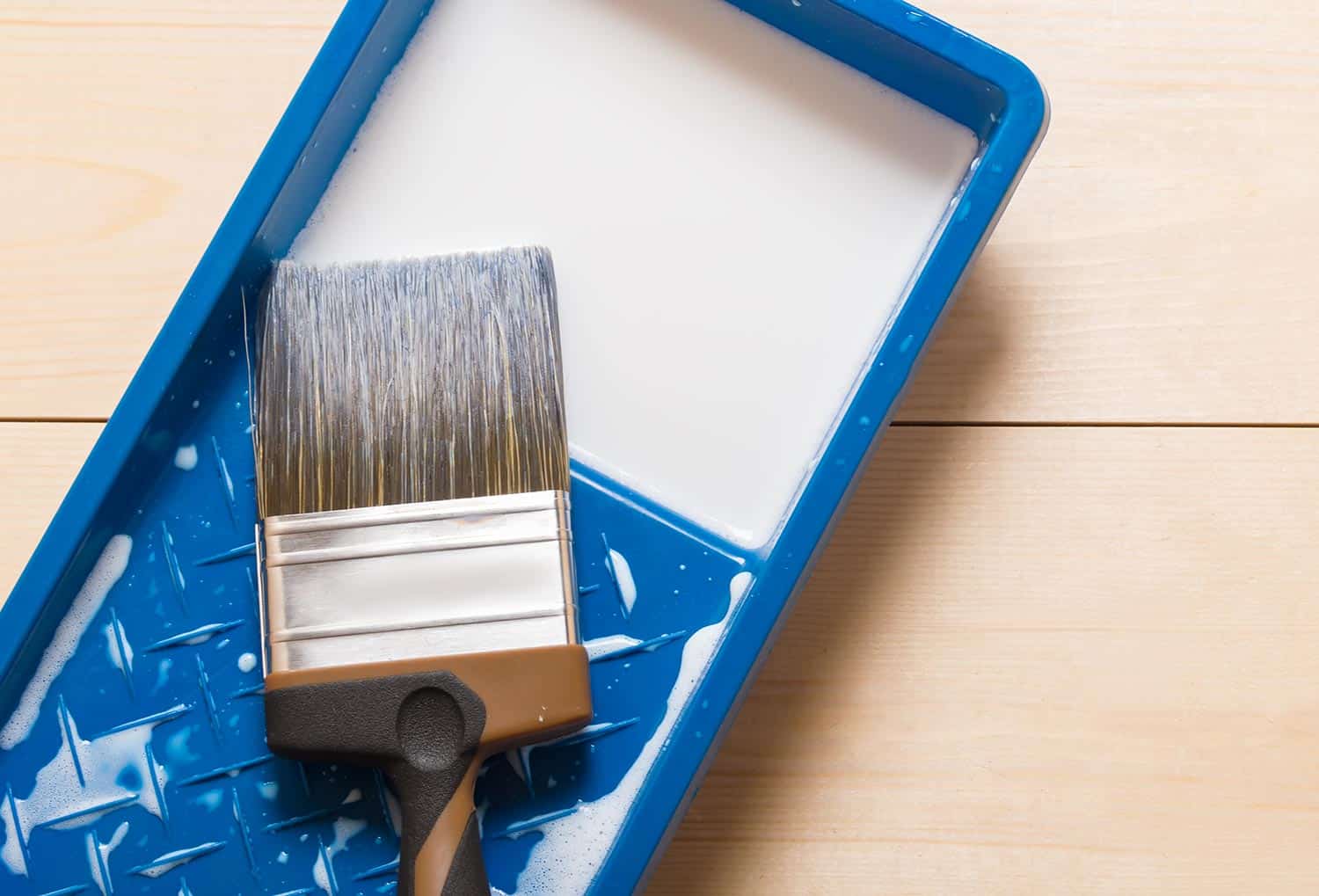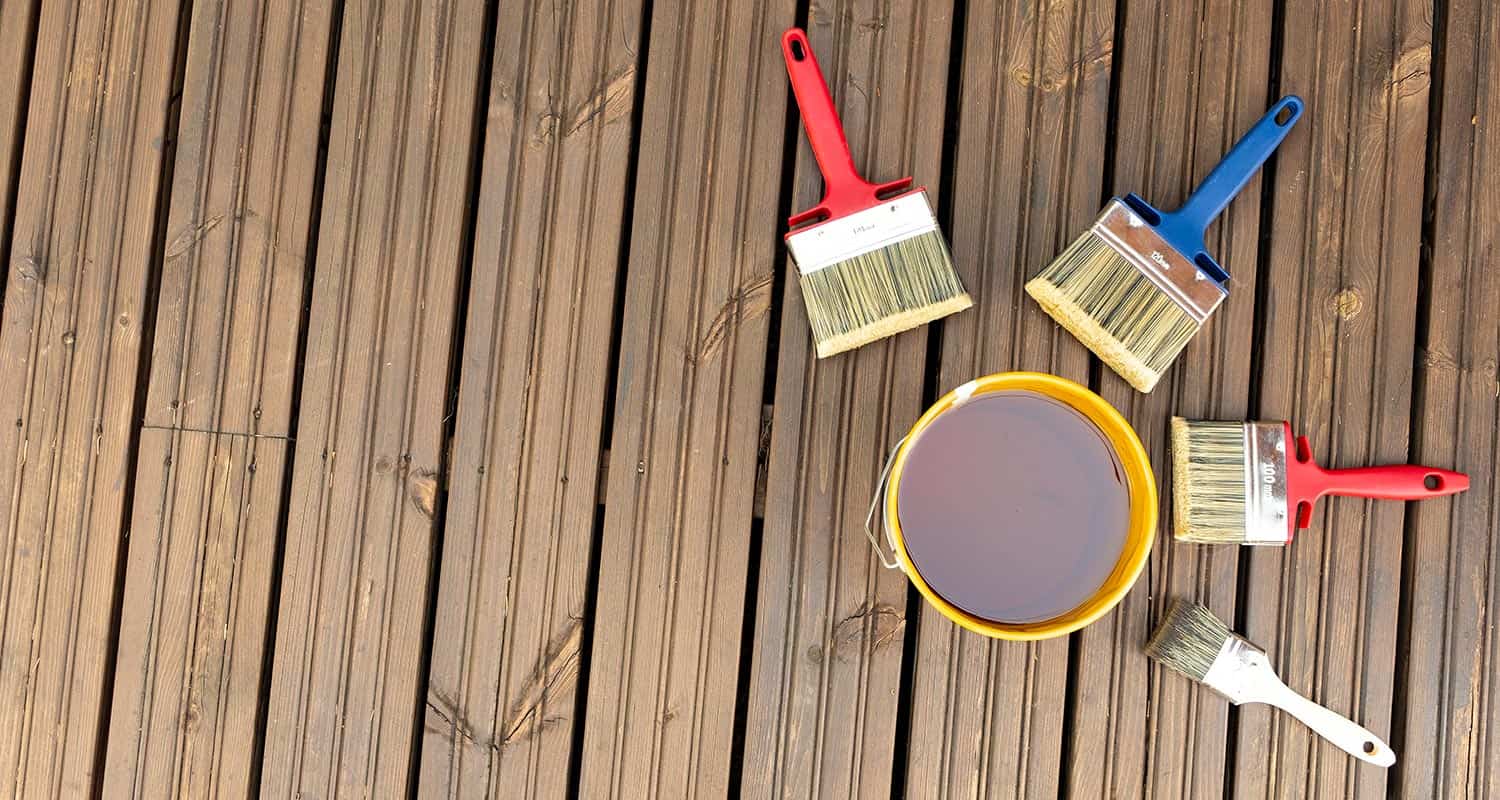Primers perfectly smoothen the surface for painting jobs, sealing in all unwanted pores and fibers. For this flexible function, primers are a DIY enthusiast's best friend! You will often find yourself using wood and drywall primers for household painting projects. The question is, can we interchange the two for use? Will a drywall primer work for a wood surface? We did the research to bring you the answer.
No, a drywall primer does not work on wood. These primers are adapted for new and stained drywall surfaces. Wood surfaces require a heavy-duty approach as they contain tannic acid which is prone to leach out from the paint. Thus, drywall primer will not provide an even surface for the paint to adhere to, preventing long-lasting results.
Drywall and wood are both top-tier choices for construction material. Why exactly can we not alternate primers for both? If not drywall, then what kind of wood primer should you go for? We answer these questions and much more further ahead in this post.

The Curious Science Behind Drywall Primers
You will frequently come across anecdotes of people using drywall primer on wood. Oftentimes, they will make claims of its effectiveness and negate the idea that it is, in fact, harmful in the long run.
However, a basic understanding of the material itself and how it is so opposite to the requirements of the wood surface is enough to get the bigger picture.

What is Drywall Primer?
Drywall is known for its sponge-like ability to soak in all kinds of material coatings. Thus, painting drywall without priming the surface would require many layers and a large amount of material. Dedicated drywall primers specially cater to this problem and reduce the labor for the painting job.
Essentially, a drywall primer is a polyvinyl acetate primer. PVA is a water-based synthetic compound commonly used in adhering mediums.
These primers act by soaking into the surface and building up its strength. This characteristic makes drywall primers unsuitable for wood surfaces. Let us dive deeper into why that is so.
Why Can Drywall Primers Not Work on Wood?
The water-based composition of drywall primers is likely to get the wood fibers swelling, resulting in pores. This is harmful to an already porous surface like wood.
Certain types of wood surfaces discharge extracts called tannins. It is derived from tannic acids found in trees. A poorly primed surface will allow tannins to leach through the paint and stain it. This will not only harm the aesthetic appeal but cause the whole paint coat to begin peeling.
Wood fibers tend to come loose from the surface. For wood primers, a major job is to penetrate deep inside and bind them together apart from merely sealing the top layer. Drywall primers also fail to provide for that.
What if It Is Used?
Using a drywall primer will certainly not show any immediate adverse effects. In fact, it will still last you longer than a bare paint layer. However, over time you will notice a few of the following symptoms:
- Due to the tannins in the wood, yellowish stains will begin forming on the paint layer.
- The paint layer will become uneven and crack. This will happen because the water component in the primer causes the wood to swell.
- Gradually, the wood will become brittle, and the paint layer will peel away.
What’s the Difference Between PVA Primer and Regular Primer?

PVA primers are a water-based latex product used as a sealant for drywall paper surfaces. Thus, it merely prepares the surface for the paint coating, hiding seams, and any imperfections.
On the contrary, regular primers strengthen it. They soak deep into the material, strengthen any loose fibers, and work to provide an even, durable base that will adhere perfectly to the paint.
Can Kilz PVA Drywall Primer Be Used on Wood?
Over the years, Kilz has emerged as a trusted name in the field of surface primers. They offer a wide range of top-tier products, each one perfectly achieving the desired results.
Yet, one cannot interchange two distinct materials. Kilz PVA Drywall Primers should not be used on wood, as it is composed according to drywall requirements only.
However, Kilz offers many more latex-based, stain-blocking primer options that sit perfectly well with the nature of wood surfaces.
The best of which is the Kilz Premium High-Hide Stain-Blocking Latex Primer. It is best suited to bare wood surfaces, filling up all seams and crevices to provide an even finish. The primer also comes with a mildewcide additive, resistant to mold and mildew situations.
Click here to see this primer on Amazon.
Do I Need To Prime Before Painting Wood?

Wood occurs as a naturally porous surface, liable to expand and contract depending upon the surroundings. Therefore, it is hard to get an even wood base for paint to adhere to.
Additionally, substances from the paint material do not directly absorb into the surface, causing premature cracking of the layer.
A wood primer provides a smooth undercoat layer for paint to last longer and end up with an even coating. It also synthesizes the wood fibers to remain in place after the job is done. Thus, it is a necessary step before painting.
What Kind of Primer Should I Use on Wood?
The kind of wood primer depends upon the condition of the wood surface and whether it is stained or not. You may only dream of a smooth finished paint job if you started with the right primer in the first place.
Unstained Wood
If your wood surface is not stained, your best bet would be an oil-based or latex-based wood primer.
Oil-Based Primers
Oil-based primers are the traditional approach for priming wood surfaces. They have been around in the industry since the start of time. It's safe to say that their versatility has stood the test of time.
Bare wood surfaces gain the most out of oil-based primers as they effectively seal the pores and block out stains showing through later paint layers.
They are also resistant to tannins and wood fibers leaching through the surface. Thus, overall, oil-based primers eliminate room for peeling and cracking of paint, ensuring a long-lasting paint layer.
One drawback in their work is the high emission of Volatile Organic Compounds (VOCs). It is usually the point that shifts the limelight from it to latex-based primers.
Latex-Based Primers
Latex primers work well with all unfinished wood surfaces. These primers are known to be some of the most flexible options, adhering to even worn-out surfaces.
One advantage that latex primers have over oil ones is the faster drying and minimal emission of VOCs. VOCs carry a bitter smell and may have adverse effects on the eyes and respiratory system.
Due to their high water content, keep latex primers away from water-prone areas such as the outdoors. Thus, latex-based primers should be your first bet when dealing with interior wood surfaces.
Stained Wood
For stained wood surfaces, you can always go for an oil-based primer or go for a high-quality stain-blocking primer. Shellac-based primers work great in this regard too.
Shellac-Based Primer
Shellac-based primers are possibly the best stain-blocking option you have against wood surfaces. Their heavy-duty composition gives them unmatched versatility, doing its job well in interior and exterior environments. They are especially skilled at sealing in smoke and water damage and blocking smells.
However, remember that they emit odors and have a high VOC emission rate. Thus, you either use them in a ventilated room or outdoors.
The Zinsser B-I-N Shellac-based primer is one of the best in this field. It is part of the long-trusted paints manufacturer Rust-Oleum family.
Click here to see this product on Amazon.
How to Use Wood Primers?
Once you have chosen which primer to use, you will want to understand the process of priming to achieve long-lasting results. This is how you should go about using your wood primer:
- Clean the wood surface thoroughly. Remove any solid particles of debris and ensure the surface is dry before proceeding.
- For brittle wood surfaces, make sure you sand the surface using appropriate sandpaper.
- Apply the first coat of primer gently with a brush and let it dry for 6-24 hours.
- Apply the second coat. This time use a thicker layer and leave it be for another few hours.
- You can now apply paint.
Final Takeaway
The bottom line is, drywall primers should be left to deal with their designated drywall. They will perform exceptionally in that field but ruin wood surfaces.
Before you go, do you have other drywall concerns? Are there cracks forming on your drywall? If you'd like to learn more, check out this post: Why Does My Drywall Keep Cracking? [And What To Do About It]
Do you want to learn more about drywall? If it's your first time working with them, you might be surprised to find out that they expand and contract. To learn more, check out othis post: Does Drywall Expand And Contract?
Best of luck!


